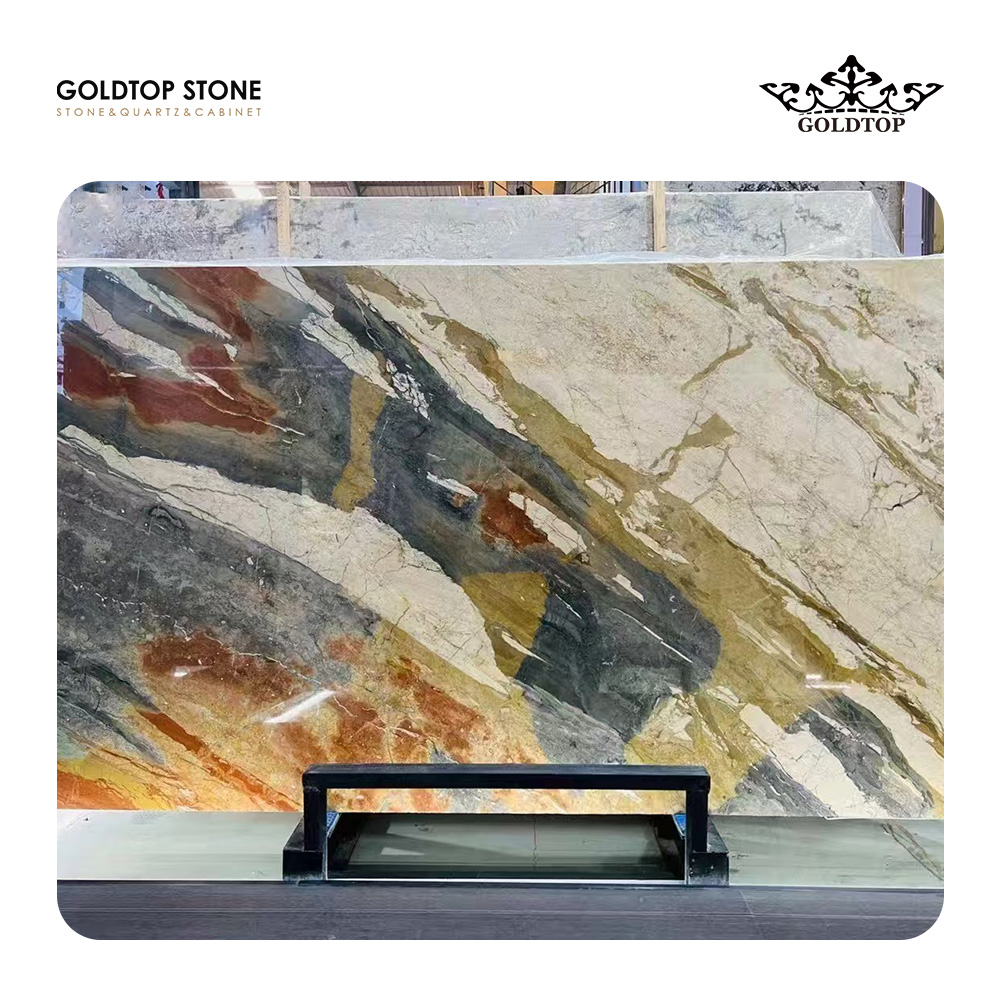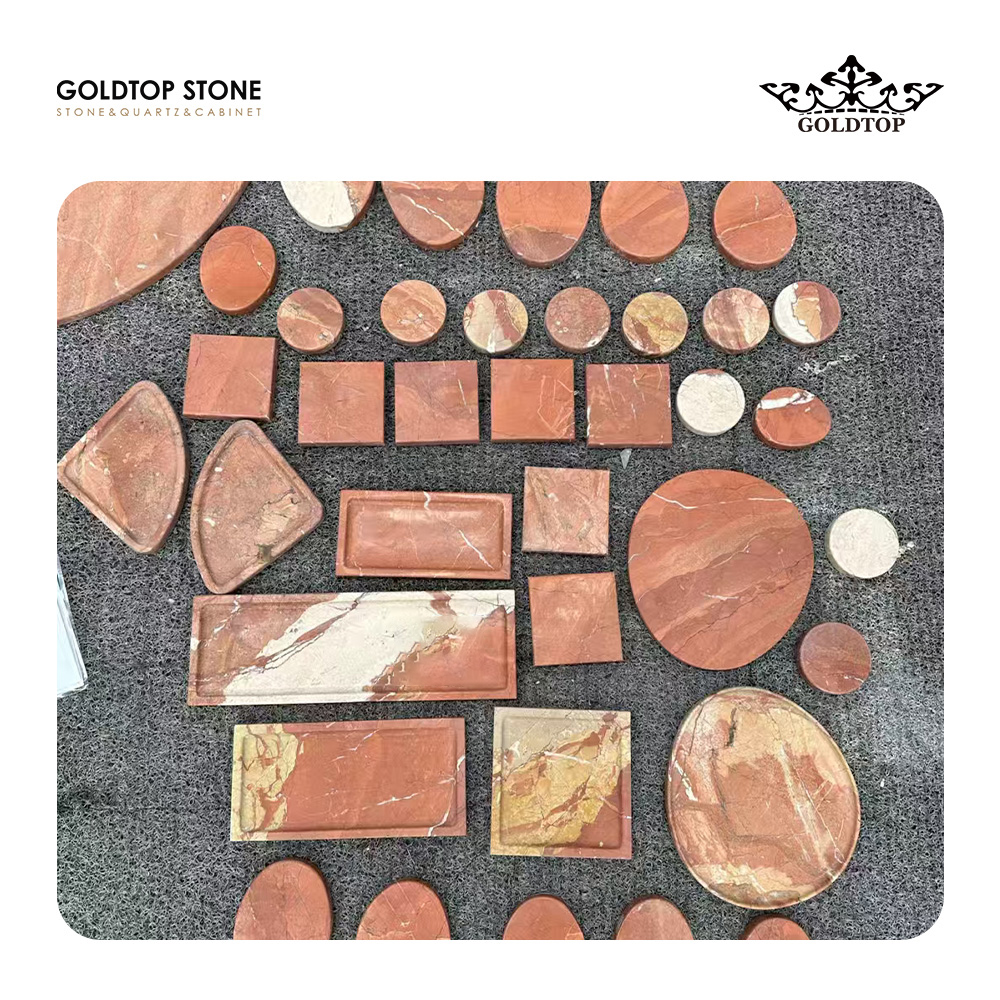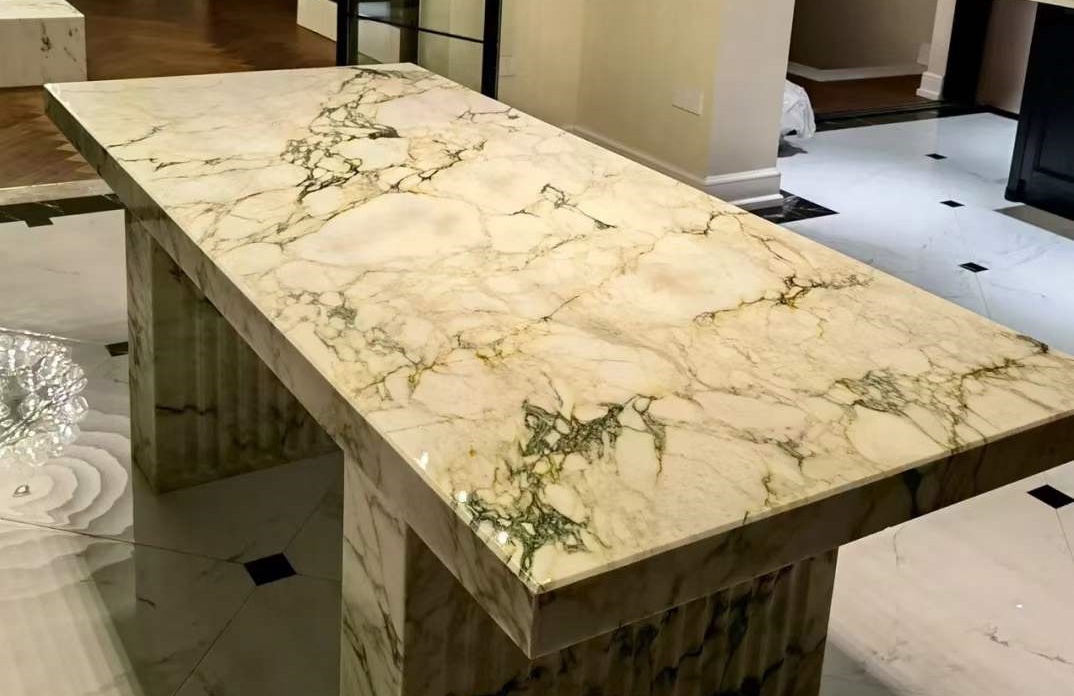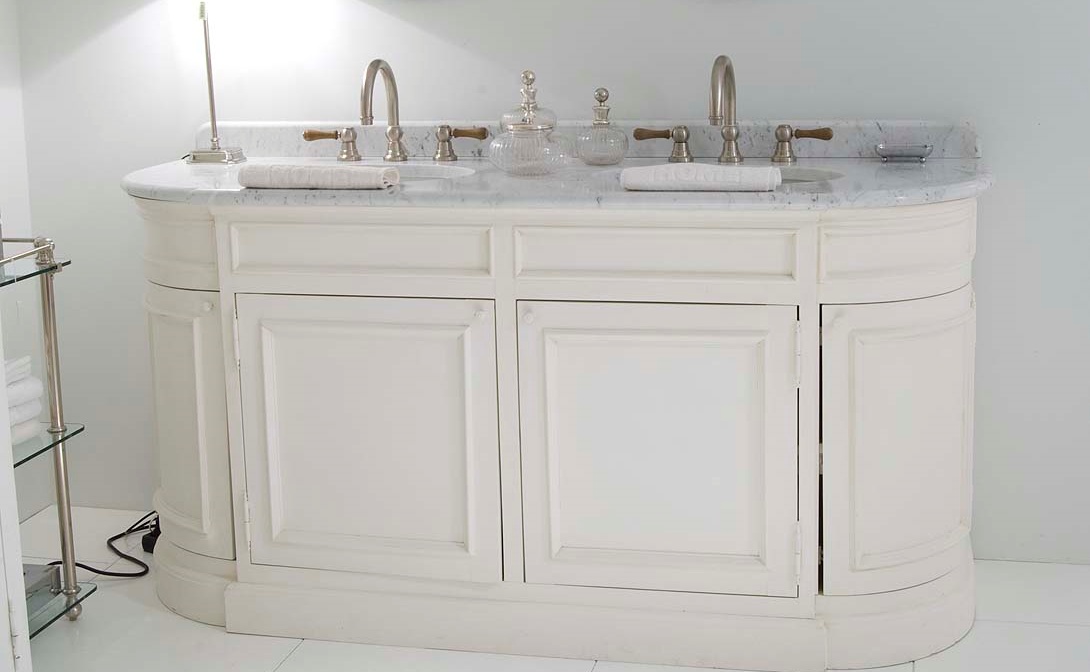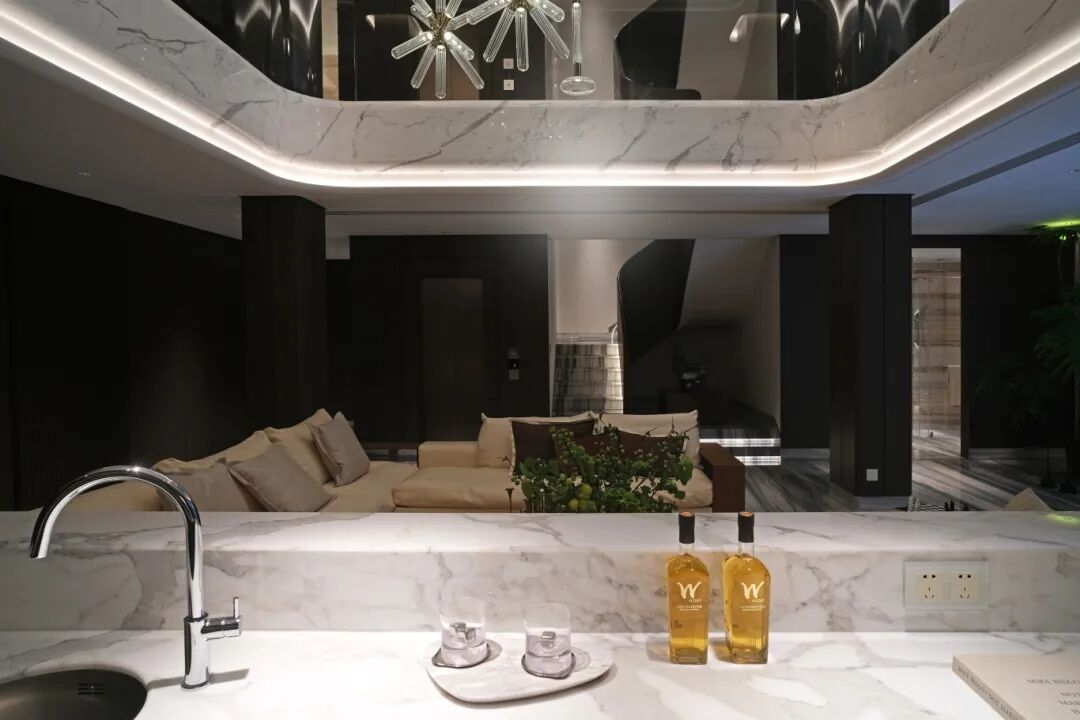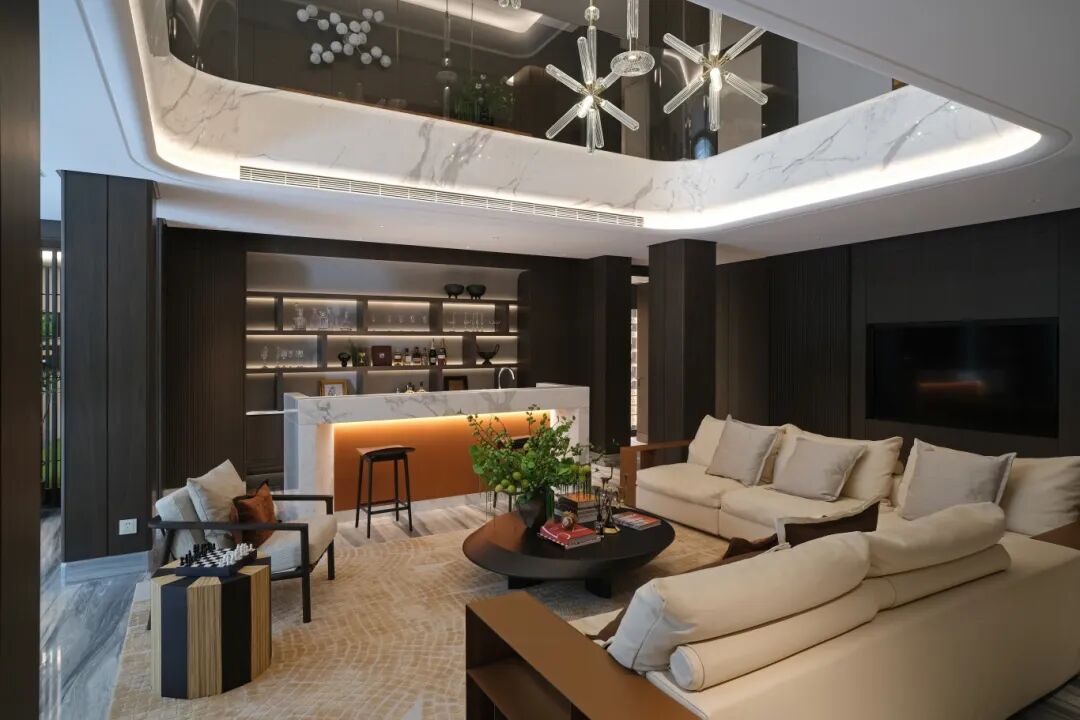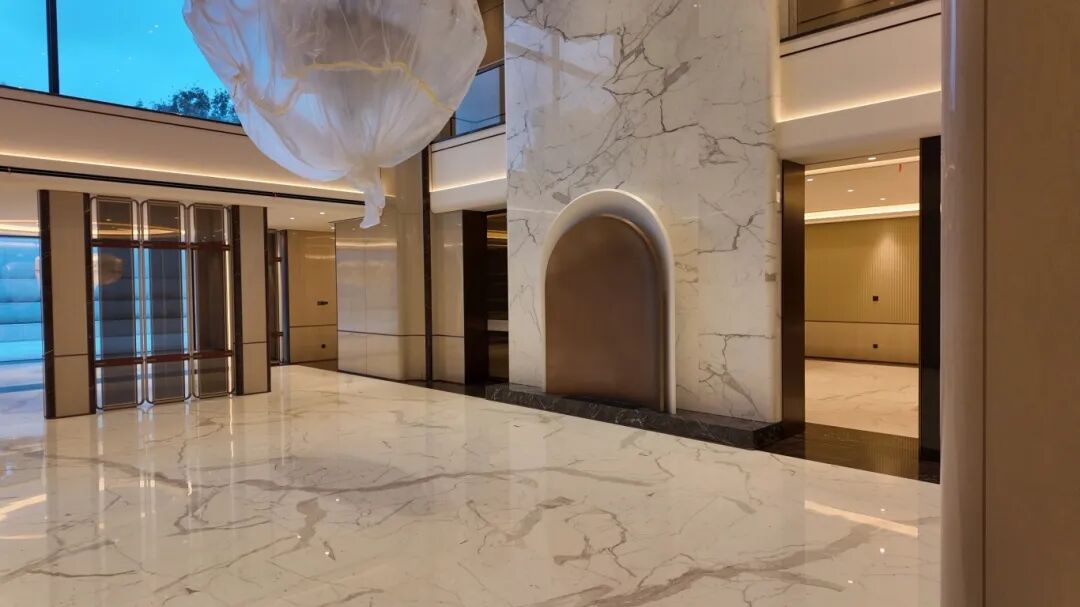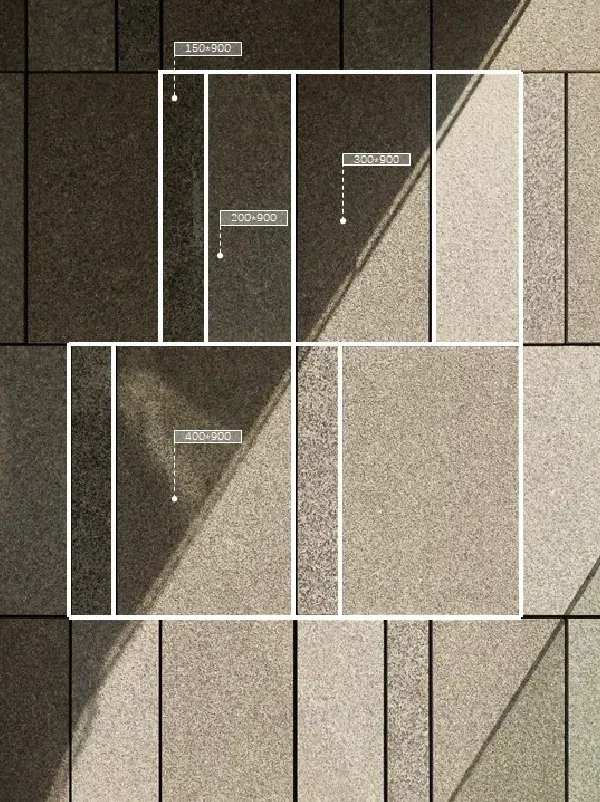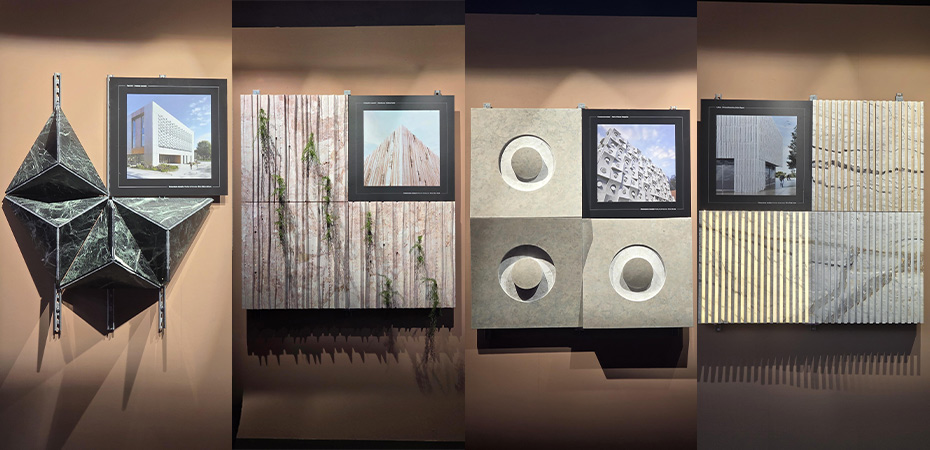Every September, Verona transforms into the global capital of natural stone. The Marmomac International Stone Fair is not only the most important exhibition in the world for marble, granite, and natural stone, but also a meeting point where design, technology, and culture intersect. As the 59th edition of Marmomac prepares to open its doors from September 23–26, 2025, thousands of architects, designers, distributors, and project specialists will once again gather to explore the future of stone in architecture and design.
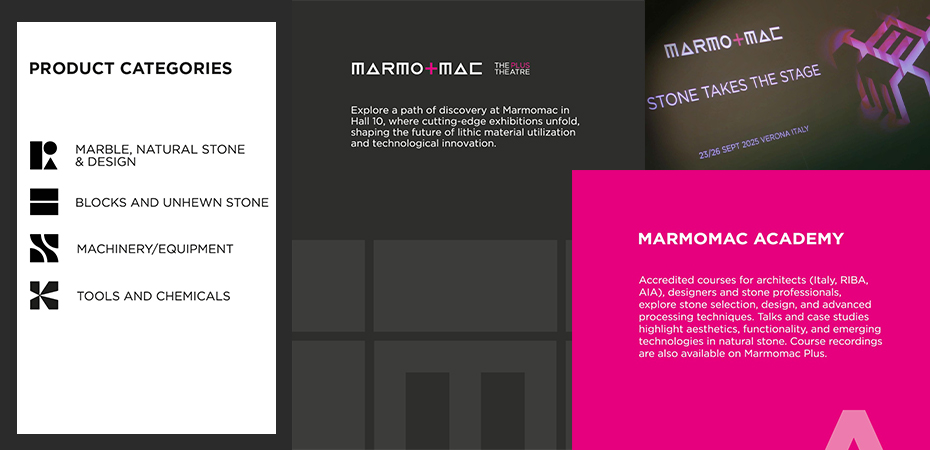
This year’s official theme, “Stone Sets the Stage”, highlights stone as both a structural element and a medium of artistic expression. Just as a stage creates space for performance, natural stone provides the foundation upon which human culture, architecture, and lifestyle evolve. The exhibition will showcase how natural stone shapes environments—from timeless monuments to modern interiors—offering inspiration for those who see design as a dialogue between history and innovation. Visitors can expect curated installations, design forums, and technology showcases, all focused on demonstrating how natural stone defines contemporary living.
1. STONELINK at Marmomac 2025 — Booth Area C Stand C1

This year, 2025, STONELINK proudly presents its booth under the theme "Painted for a Thousand Years".
The concept draws from two cultural pillars: the imperial red walls and white marble terraces of the Forbidden City, and the granite columns and paving stones of the Roman Forum. In Chinese tradition, stone reflects harmony between heaven and humanity, balancing restraint with elegance. In Western civilization, stone has long symbolized strength, rationality, and spirituality.
At the STONELINK booth, these two traditions converge. Here, the softness of Eastern aesthetics meets the precision of Western form. Stone is no longer confined to structural use—it becomes a language of color, texture, and symbol. Just as imperial Chinese artisans infused color into architecture and ritual, and Roman builders carved eternity into granite, our exhibition explores how natural stone's living textures bring timeless beauty into contemporary homes.
In this vision, thousand-year-old craftsmanship flows into modern life, creating a seamless fusion of East and West, past and present. Visitors will experience not only materials, but also the philosophy of stone as an enduring art form.
2. Highlights of the STONELINK Booth
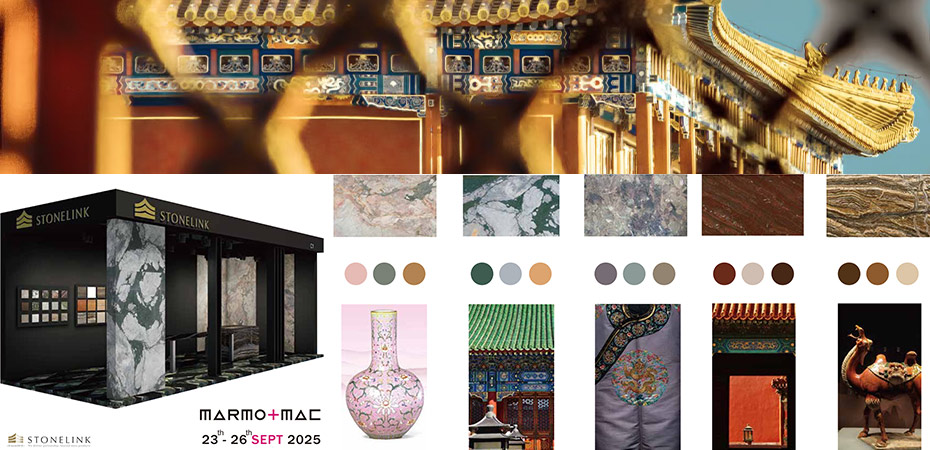
1) Feature Walls:
Four Seasons Sakura Marble — a unique material with a soft gray-pink base and golden veins, evoking the delicacy of classical Chinese painting.
Panda Green Marble — striking contrasts of green and white, symbolizing balance and renewal.
Excalibur Quartzite (Brazil) — bold multicolor quartzite with a sense of movement, capturing natural drama in stone.
2) Floor Inlay:
Imperial Green Quartzite — jewel-toned richness, echoing palace rooftops.
Vanta Nero Marble (Brazil) — deep black elegance, grounding the design with modern strength.
3) Sample Wall:
Organized in three sections to guide visitors:
STONELINK Collections — curated color selections for every project need.
Finishes — a spectrum of surface treatments from polished to textured.
Flute, Concave, and Mosaic Applications — creative formats for architectural and design.
Together, these elements create a journey through color, form, and texture, reflecting STONELINK's philosophy that stone is not just material—it is memory, heritage, and innovation in one.
3. About STONELINK

With over a decade of expertise in global stone supply, STONELINK has built its reputation on delivering high-quality materials and comprehensive solutions for large-scale projects worldwide. From quarry sourcing and custom fabrication to architectural design collaboration, we offer end-to-end stone solutions customized to the needs of architects, contractors, and developers.
Our track record includes:
13+ years of project experience across residential, commercial, and public works.
5,000+ completed projects and 10,000+ fulfilled orders worldwide.
24+ quarries and direct sourcing partnerships, ensuring control over quality and availability.
1,000+ stone varieties, giving clients one of the most diverse selections in the industry.
As members of STONELINK, we believe that natural stone is more than a building material. It is a cultural medium that carries the stories of civilizations, landscapes, and craftsmanship into modern spaces. This philosophy guides our collaborations with architects and designers, ensuring every project is both aesthetically remarkable and structurally sound.
4. Why Visit STONELINK at Marmomac 2025?
Marmomac is not just about showcasing stone—it is about connecting with visionaries who transform stone into living spaces. By visiting Area C, Stand C1, you will:
Experience exclusive new collections and signature stones sourced directly from quarries.
Discover how Eastern aesthetics and Western heritage inspire STONELINK's design philosophy.
Explore practical applications of stone through samples, finishes, mosaics, and cut-to-size works.
Engage with our team of experts, who bring decades of project knowledge and a commitment to long-term partnerships.

5. A Meeting of Heritage and Innovation
As the world's leading platform for natural stone, Marmomac celebrates the timelessness of stone in art, architecture, and design. For STONELINK, "Painted for a Thousand Years" is not only a booth theme but also a vision: that stone, with its unique patterns and colors, can transcend time and culture to create harmony in modern living.
We invite you to join us at Marmomac 2025 in Verona, Area C Stand C1, to experience firsthand how natural stone tells stories of resilience, beauty, and creativity across centuries. Whether you are an architect, designer, contractor, or distributor, this is your opportunity to explore stone as you have never seen it before—as a living canvas for the future of design.
STONELINK — Area C, Stand C1
Marmomac 2025, Verona, Italy
September 23–26, 2025

